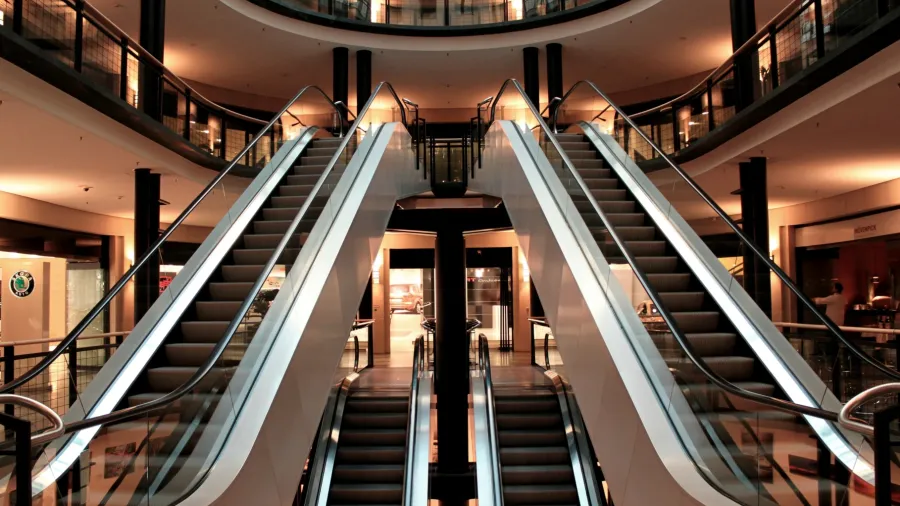
Out and about, Asia Pacific consumers seek tactile experiences
Retailers need to use their stores for brand storytelling and multifunctional purposes to engage customers.
After years of dwelling online and adapting to a digital lifestyle, “hyperphysical and tactile experiences” are what consumers in Asia Pacific (APAC) want here and now. This change in consumer behaviour is compelling retailers to elevate their stores’ appeal and offer interactive experiences to the redefined shopper.
Jess Tang, senior consultant for APAC at trend forecasting firm WGSN, said the relaxing of restrictions due to the pandemic led to the emergence of “sensory adventurers,” the consumer type that looks for excitement and the new.
“In the thick of the pandemic in 2022, consumers were mostly embracing digital lifestyles and omnichannel retail. But in 2023, there will be new signals because APAC (consumers) are really embracing that return to travel, return to in-real-life experiences,” Tang told Retail Asia.
As these consumers march back to the physical stores, Tang said retailers must counteract their “digital fatigue” and provide them with “memorable happenings” through in-person events and activities that enrich their pandemic-stalled lives.
“Now’s the time for more in-real-life innovation,” she said, noting that businesses are starting to turn their brand identity by focusing on the “interactive customer journey.”
One way brands can do this is by elevating their store spaces to be less about sales and selling, and more about brand storytelling and engaging customers in what they produce and what the company stands for.
Brands can also look into more modular store designs that enable flexibility for other activities like, for example, using it as a gallery space. Tang noted how some brands in South Korea have made their store spaces for multifunctional purposes.
Tang cited Seoul-based skincare brand, Sulwhasoo, which launched a month-long exhibition of international artworks focused on brand education through culture.
“This really gives the sensory adventurer another reason to visit in-store because, for them, it’s a cultural experience. It’s not necessarily about sales, but something that taps into another kind of desire or desirable experience as part of their lifestyle,” she said.
“The store needs to be a little bit more agile, responsive and more effective,” she added.
The fate of omnichannel
Even as consumers desire for in-store experiences, Tang stressed that omnichannel platforms shall remain important, especially for the type of consumers dubbed as “phygital connectors.”
These consumers rely on the convenience afforded to them in this age of e-commerce. From registering online to shop for products and search for promos, to completing the transaction through digital payment systems, phygital connectors enjoy the control right at their fingertips.
But whilst they search for a wide range of products and access the best prices online, they still go in-store to probe the product for more detailed information, Tang said. “Omnichannel is still going to be a very key direction for a lot of the brands catering to this cohort,” she said.
With the younger demographic driving both the sensory adventurers and phygital connectors trend, connecting their store to the metaverse is another opportunity they can tap into to cater to the younger generation.
“They’re looking for memorable experiences to enrich their lives. Especially after the pandemic, they will be looking for activities to foster their personal sense of creativity. These kinds of gaming or metaversal experiences will be quite key,” Tang said. “It’s just something brands can experiment with.”
Budget-conscious consumers
Consumers have also become cautious about their spending habits. Whilst this may seem to spell a decline in sales for businesses, leading strategic market research firm Euromonitor International said brands could turn this into an opportunity.
Herbert Yum, research manager at Euromonitor, said they observed that saving money has become a priority for consumers, with nearly half of Asia Pacific consumers planning to ramp up their efforts to save. The message this gives to retailers is that in order to purchase goods, these customers will be seeking bargains and the best value for money, he said.
READ MORE: Three ways retailers can serve ‘budgeteers’
To cater to them, businesses should review their pricing and look internally to see where they can reduce costs. This could involve restructuring the supply chain or altering their business models.
“We encourage businesses to make sure they communicate the brand value proposition with their key customer groups over this challenging period of time so that the businesses can support and overcome this challenging period together with their target customers,” Yum said.
One business practice to attract the budget-conscious is the move of a premium coffee brand known for selling fresh coffee beans, Victoria, which entered the instant coffee market in 2021 to offer a more affordable product whilst retaining the quality.
There are also consumers whose budgeting is not premised on necessity, but on saving up to live well, according to Sahiba Puri, senior consultant for home products at Euromonitor.
Puri explained that these are the people who indulge themselves in what they want, given that they buy these items at a price they can afford. “Consumers are not really abandoning financial responsibility, but they are looking for reasonable indulgences. They are being financially prudent but, at the same time, giving themselves permission to live a little,” she said.
Loyalty programmes with features like cashback credits and reward points that can be used in the future to offset purchases could also be a key element in encouraging these customers to buy.
Aside from rethinking packaging sizes and formats to ensure price competitiveness, Aik Lim, senior director at Meiyume, said brands may need to improve their products to justify a price adjustment to consumers.
Attracting these customers who prioritise the “here and now” also entails the implementation of flexible payment options like buy now, pay late (BNPL), which is an arrangement that allows them to split the cost over a period of time. This helps “reduce cost pressures” and expands their purchasing power, Puri said.
Tapping into the gaming sector
With 37% of global consumers immersed in video games and their virtual environment, Tim Foulds, head of insights at Euromonitor, said tying up with the gaming sector is an opportunity brands can seriously initiate.
According to Foulds, gamification is a key strategy in many Asian markets as 60% of consumers in Indonesia and Thailand are interested in online video games and the immersive environment they offer. These statistics are higher than in Australia and the US.
“The gaming population is really taking off. This once niche segment is now a mass market opportunity, which offers a great opportunity for all companies to tap into. Companies themselves getting their game on, sponsorships, advertisements, in-game purchases and product innovation are the primary revenue drivers so far,” Foulds said.
In Australia, for example, McDonald’s had integrated gaming into its strategies by partnering with the game Overwatch 2 to offer prizes when purchasing Big Macs through the MyMacca’s app. A purchase entitles the customer to a collectible skin from the game.
“Brands need to consider holistic gaming culture and how to tailor those offerings to these consumers, whether that’s through marketing, gamification of the customer journey, or product generation, targeted at that specific and growing cohort of consumers,” Foulds said.

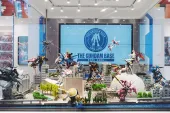
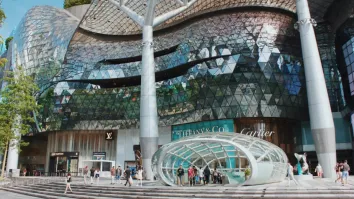







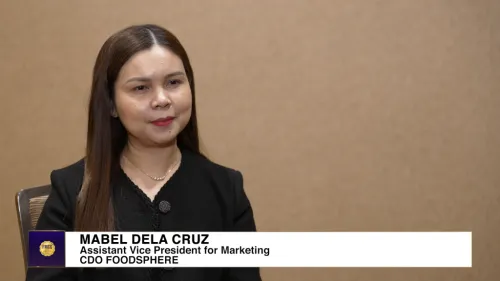

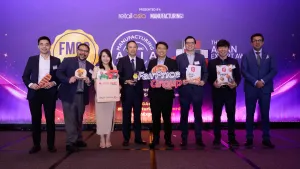






 Advertise
Advertise







